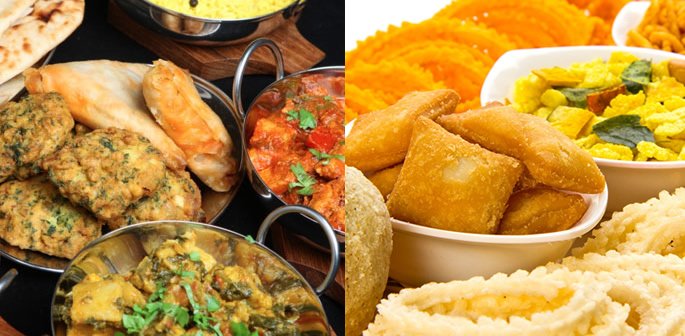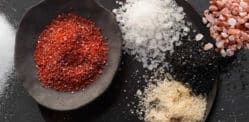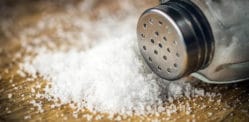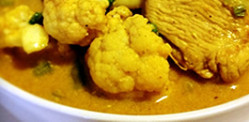Our tastebuds have been impaired to crave sugar and salt-laden calorific foods.
Nothing spells satisfaction more than that first crunch into a freshly fried samosa, or the ooze from a syrup-drenched Jalebi. Fact.
However, let’s face some hard facts: at the turn of the century 1 in 5 Indians died of heart disease, rising to 1 in 4 in 2012 (WHO), a figure set to increase. India is experiencing a Cardiovascular Disease epidemic.
Consider the human body a finely-tuned machine – input affects output. This means physical and academic performance, as well as disease-fighting ability and ultimately, lifespan.
So just how is it that the average life expectancy in India is 66 years verses 83 years in Japan?
The most remarkable contrast is that Japan is a country with one of the world’s healthiest diets but a typical Desi diet ranks far below.
So where do we fall short?
Ingredients
Simple carbohydrates, such as white rice or white-flour roti form as much as 70% of the Desi diet.
This offers little fiber and nutritional value, hence reduced satiety. Therefore, binges on on fried chevda, or sugar-loaded mithai become all the more tempting for those much needed short bursts of energy.
It seems ironic that despite a large proportion of Desis being strict vegetarians, you may be hard-pressed to find a single vegetable in the meal. Or at least one that has not been so overcooked with their skins peeled, that it is unrecognisable and stripped of its vitamins.
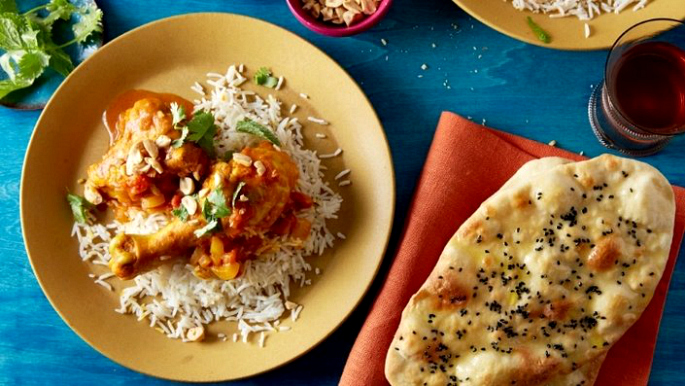
With NHS ‘Eatwell’ guidance recommending fruit and vegetables forming the bulk of our daily intake, some obvious pitfalls become apparent in a traditional Desi diet. Though we cannot deny generous quantities of salt, oil, and cream may enhance the notoriously rich flavor Desi food is known for, these are artery-clogging additives.
Habit
Our pattern of eating is far removed from the recommended concept of ‘little and often’.
You only have to see the size of the saucepans in your average Desi household to know that portion control is a fairly alien concept.
Cultural tendencies of fasting, or late dinners, and speedily eating with our hands to fit the largest of mouthfuls, is not in favour of healthy digestion.
It can in fact trigger a sluggish metabolism, resulting in weight gain and associated health complications.
Lifestyle and Socio-cultural Trends
The cultural shift from the ancient civilisations of 1700 BC making the earliest known gravy-based curries through to the effects of urbanisation and globalisation has meant that a greasy Vindaloo, washed downed with a lager or sugared beverage of choice is available at the click of a button.
Our tastebuds have been impaired to crave sugar and salt-laden calorific foods.
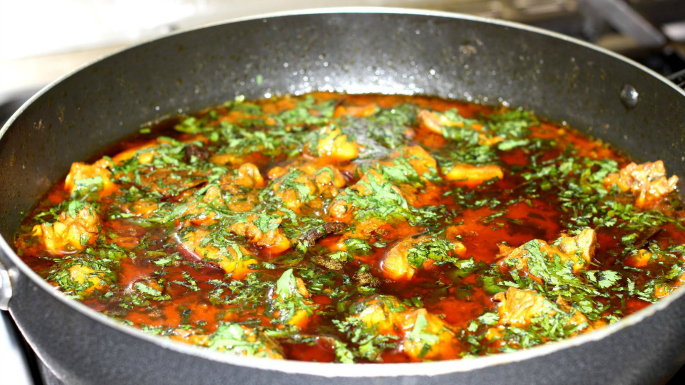
Stresses of fast-pace modern living, sedentary lifestyles and social factors such as smoking and alcohol are proving detrimental to our wellbeing.
For Desis, food is not merely sustenance; we celebrate and mourn, socialise and reminisce, perform rituals and pass on traditions with food. It is our identity.
Intergenerational Disparity
It is not uncommon for generations of Desi families to live under one roof.
Whilst the young, educated generation may provide healthier introductions, they may be losing value and skills in traditional home-cooking.
So when it is time to fly the nest, readily available shortcuts in the form of packet-parathas or ready-chopped garlic may become household staples.
The older generations however may care to impart their folk wisdom in the form of home remedies for example, ghee and brown sugar balls recommended after every meal to aid digestion.
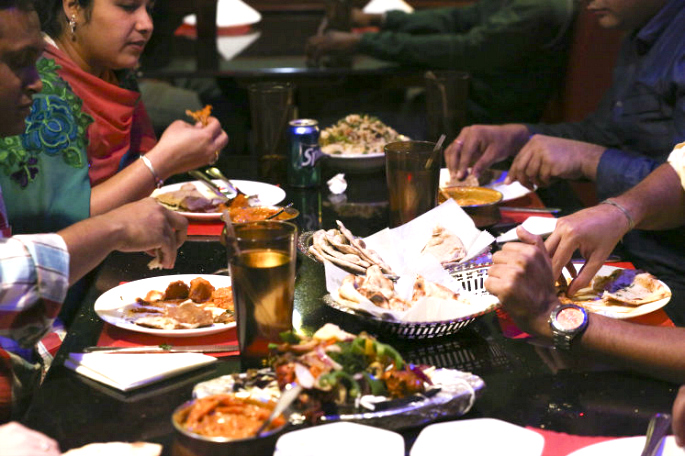
The Positives
It is not all doom and gloom.
Desi cuisine is aromatic, pungent and fiery, making it one of the world’s best-loved cuisines. Spices provide a plethora of medicinal benefits, from Turmeric as a natural antibiotic, to research from the Mayo Clinic suggesting a correlation between cinnamon and the treatment of Diabetes.
Not forgetting the anti-oxidant rich chilli, a staple of most dishes. So taste need not be sacrificed for health gains.
Some Solutions
Here is a simple breakdown that may be an eye-opener and get us noticing food labels.
Fats: should make up 20% of diet. Cut down saturated and stick to unsaturated and omega 3 fatty acids, swap refined oils to coconut or olive oils (for low heat cooking)
Sugars: more than 22.5g per 100g is high
Salt: no more than 6g per day, 1.5g per 100g or more is high
Carbohydrates: approx. 50% proportion. Swap refined carbs to wholegrains
Proteins: approx. 30%. 55g per day e.g. milk, pulses, dals leafy greens
Vitamins and Minerals, Vitamin D, calcium and Iron – 50% of Indians are estimated to be anaemic, this is most prevalent among women and the highest cause for maternal mortality.
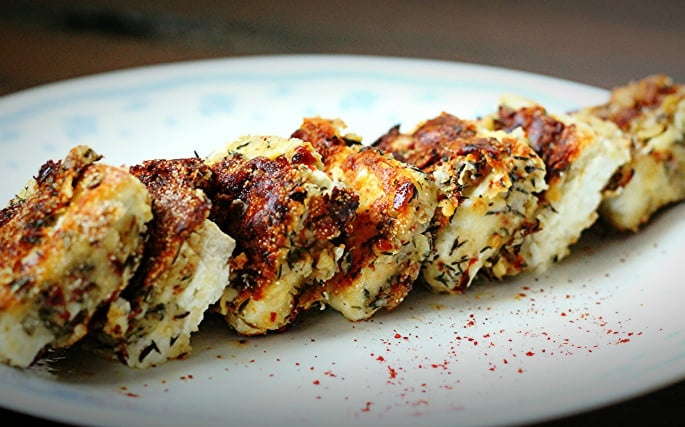
So why not consider some swaps – bake your pakora, consider reduced fat home-made paneer, roll wholemeal rotis, and for those more daring, accompany curry with quinoa.
Let us conclude with some food for thought (excusing the pun).
In the UK, 2 in 3 adults are overweight or obese. National statistics suggest South Asians in the UK are 4 times more likely to develop Type 2 diabetes than the Caucasian population.
Type-2 diabetics have an increased risk of stroke within the first few years of diagnosis by two-fold, along with eye and kidney disease, a doubled risk of dementia and neuropathy affecting limb sensation.
Though perhaps finding comfort over a cup of tooth-achingly sweet Masala Chai is a tradition that should not be abandoned, might we think twice before accepting the extra helpings of an Aunty’s offerings out of politeness?




















































